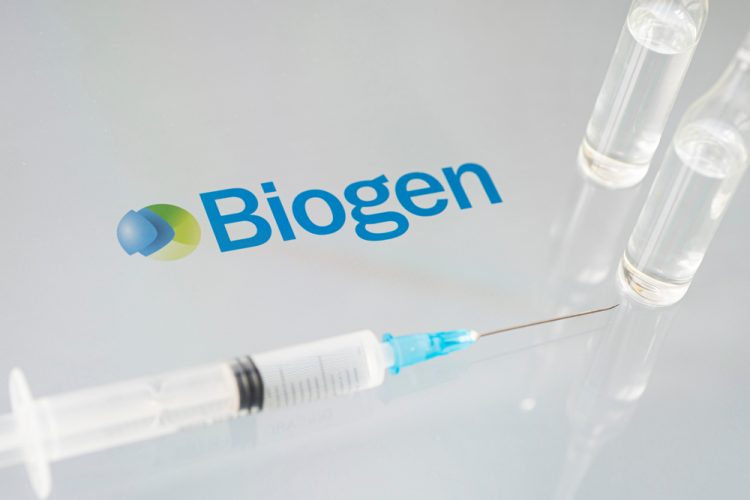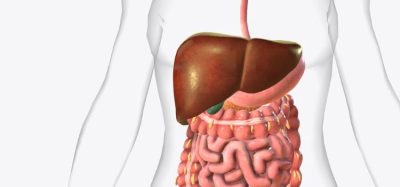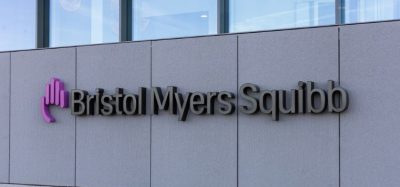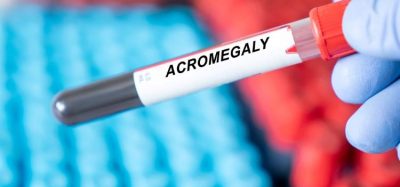Biogen announces results from Phase IIIb NOVA study for MS
Results from the NOVA study show every six-week dosing with natalizumab is as effective as every four-week in relapsing-remitting MS.
Biogen have announced results from the two-year prospective, randomised, interventional, controlled, open-label Phase IIIb NOVA study. NOVA was designed to estimate a potential difference between the efficacy of every six-week (Q6W) 300mg natalizumab intravenous (IV) administration compared to the efficacy of the approved four-week (Q4W) dose of TYSABRI® (natalizumab) for relapse-remitting multiple sclerosis (MS) after at least one year of disease stability on a Q4W IV dosing schedule.
Results showed that Q6W natalizumab IV administration provided a high level of efficacy in controlling MS disease activity in patients who switched from the Q4W dosing regimen. Furthermore, updated analysis from the TOUCH® Prescribing Program indicated an average Q6W dosing schedule is associated with an 88 percent reduction in the probability of developing progressive multifocal leukoencephalopathy (PML).
The primary endpoint showed a numerical difference between the number of new or newly enlarging T2 hyperintense lesions at week 72 of 0.05 (Q4W) and 0.20 (Q6W) which, based on the full trial results, is not clinically meaningful. The numerical difference was driven by a high number of lesions occurring in two patients in the Q6W arm. The proportion of patients that developed new or newly enlarging T2 lesions in each arm was 4.1 percent (Q4W) and 4.3 percent (Q6W).
There were no statistically significant or clinically meaningful differences in secondary endpoints at week 72 between the Q4W and Q6W treatment arms and disease activity was well-controlled in both groups. Some of the highlights from the data include:
- annualised relapse rates were low: 0.00010 (Q4W) and 0.00012 (Q6W), with 97.9 percent of patients in the Q4W arm remaining relapse-free compared to 97.2 percent of patients in the Q6W arm;
- the proportion of patients that developed T1 hypointense lesions was 1.1 percent (Q4W) and 1.4 percent (Q6W);
- both arms demonstrated 0.5 percent of participants with gadolinium (Gd) enhancing T1 lesions.
“The NOVA study provides the first prospective, randomised efficacy data of every six-week dosing with natalizumab, building on its well-established clinical profile and the real-world findings,” said Maha Radhakrishan, Chief Medical Officer at Biogen. “In addition to the safety analyses from the TOUCH Prescribing Program, which showed significant reduction in the probability of PML, the results from NOVA deliver a more comprehensive understanding of the Q6W dosing regimen of natalizumab.”
The safety findings in the NOVA study were consistent with the known safety profile of IV natalizumab and the incidence of adverse events and serious adverse events were similar between the two treatment arms. One patient with asymptomatic PML in the Q6W arm was high-risk based on the known risk factors, underlying the importance of PML monitoring and risk factor considerations in patients treated with natalizumab.
A complete analysis of the study data is ongoing and detailed results will be shared in a future scientific forum. Natalizumab is available commercially under the brand name TYSABRI and the only approved dose is 300mg on a Q4W regimen.










